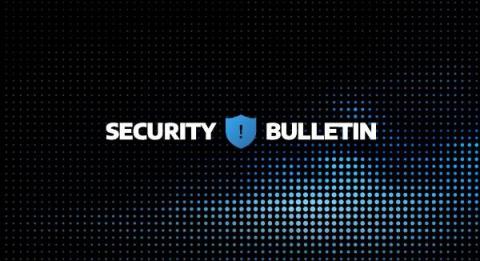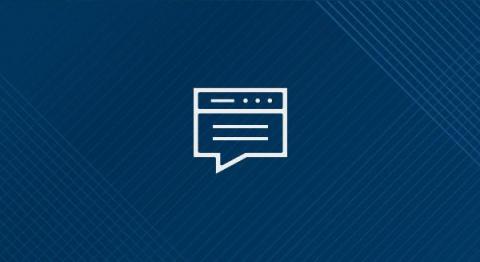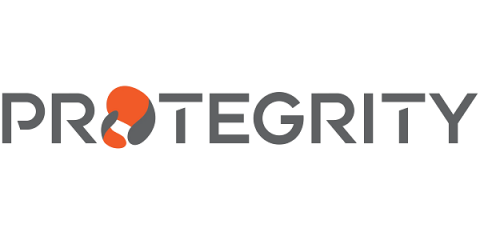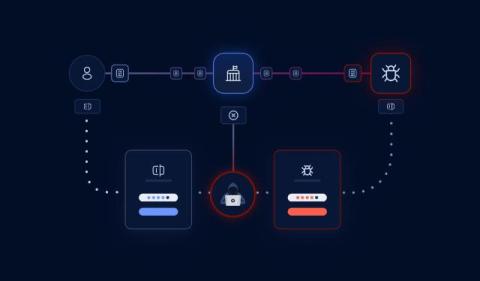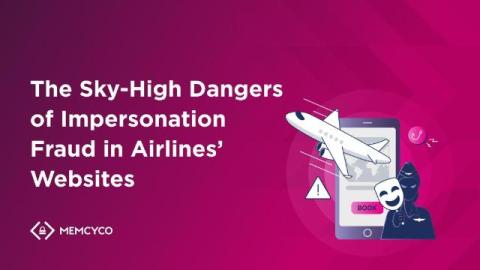Critical Vulnerabilities Patched in Veeam Products
On September 4, 2024, Veeam released a security bulletin announcing that they have fixed several vulnerabilities affecting various Veeam products. Arctic Wolf has highlighted five of these vulnerabilities, which are classified as critical. Arctic Wolf has not observed any exploitation of these vulnerabilities in the wild and has not identified any publicly available proof of concept (PoC) exploit code.


